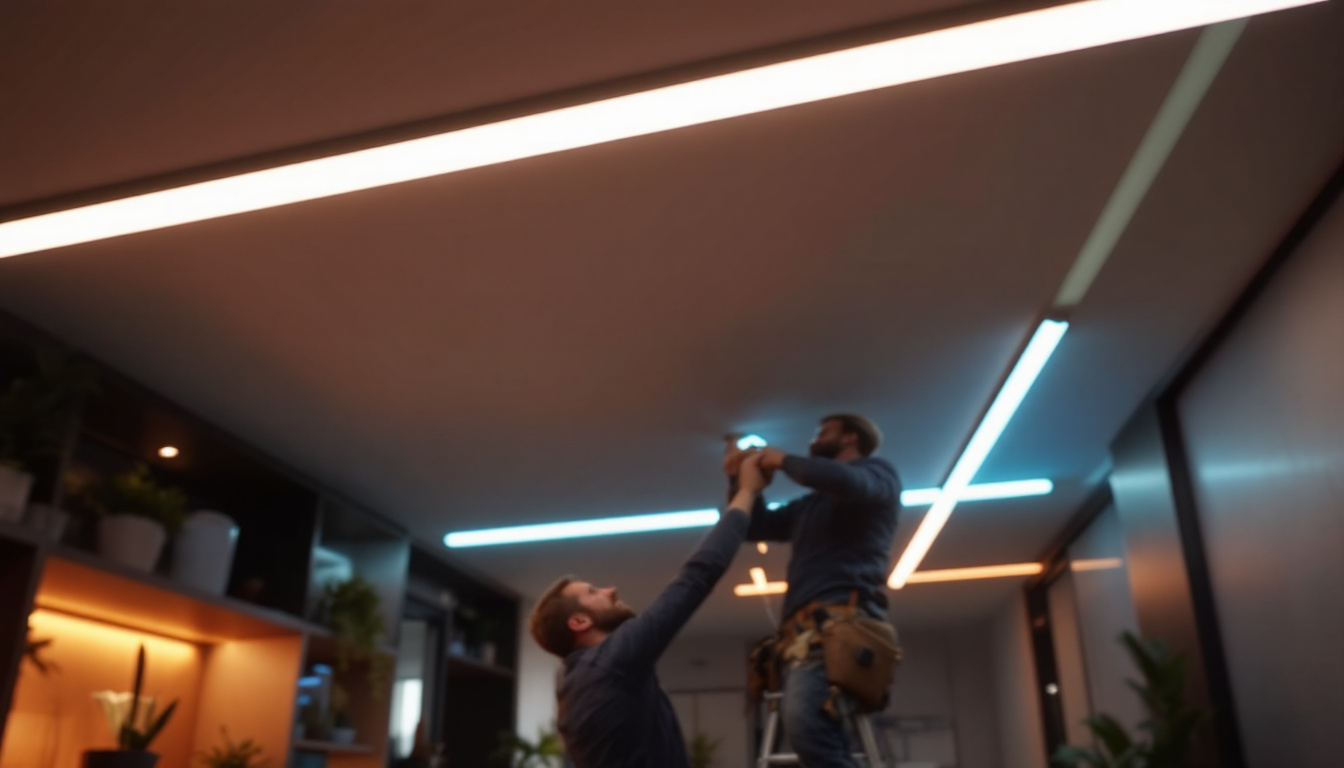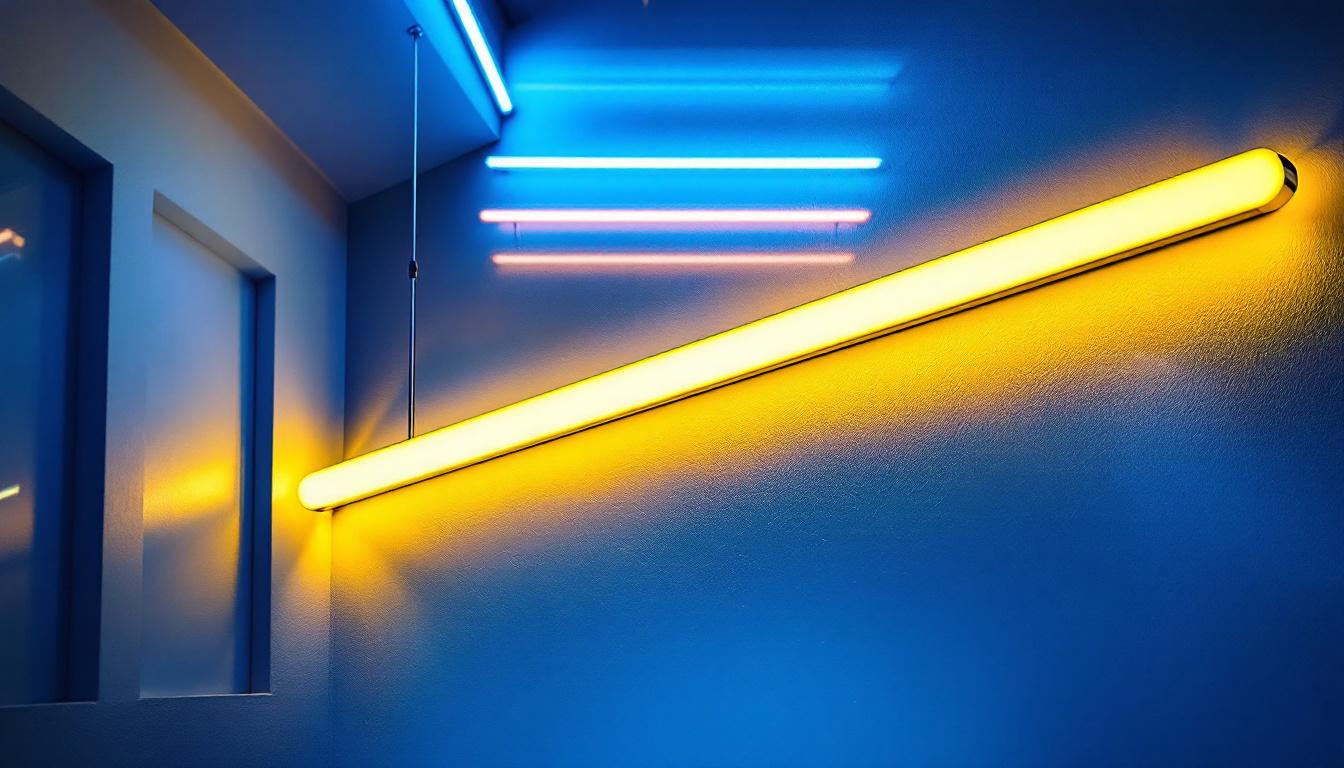
The lighting industry is continually evolving, with new technologies and designs emerging to meet the diverse needs of consumers and businesses alike. Among the various components that lighting contractors must familiarize themselves with, the Type G bulb E26 stands out as a crucial element. This article explores the significance of Type G bulbs, their applications, and why they are essential for lighting contractors.
The Type G bulb E26 is a specific type of light bulb that features a standard E26 base, which is 26 millimeters in diameter. This bulb type is commonly used in residential and commercial lighting applications due to its versatility and compatibility with various fixtures.
Type G bulbs are typically designed to provide a warm, inviting light, making them a popular choice for both indoor and outdoor settings. They come in various shapes and sizes, allowing contractors to select the most appropriate option for their projects.
Type G bulbs are known for their unique characteristics that make them suitable for a wide range of applications. They often feature a compact design, which allows for easy installation in tight spaces. Additionally, these bulbs are available in different wattages and color temperatures, providing flexibility in lighting design.
Another notable feature is their energy efficiency. Many Type G bulbs are now available in LED options, which consume significantly less energy compared to traditional incandescent bulbs. This not only helps reduce energy costs but also contributes to sustainability efforts, an increasingly important consideration for modern lighting contractors.
Furthermore, Type G bulbs are designed to have a long lifespan, often lasting up to 25,000 hours or more when using LED technology. This longevity not only minimizes the frequency of replacements but also reduces waste, making them a more environmentally friendly choice. The advancements in LED technology have also led to improved light quality, with many bulbs offering dimmable options that allow users to adjust brightness levels according to their needs.
Type G bulbs are versatile and can be utilized in various settings. They are commonly found in residential applications, such as pendant lights, chandeliers, and wall sconces. Their aesthetic appeal and warm light make them ideal for creating cozy atmospheres in living rooms, dining areas, and bedrooms.
In commercial settings, Type G bulbs are often used in retail spaces, restaurants, and offices. Their ability to enhance the ambiance and highlight products is invaluable for businesses looking to attract customers. Moreover, outdoor applications, such as garden lights and patio fixtures, also benefit from the durability and weather resistance of Type G bulbs.
Additionally, the adaptability of Type G bulbs extends to smart lighting solutions. Many modern Type G bulbs can be integrated into smart home systems, allowing users to control lighting remotely via smartphone apps or voice commands. This feature not only enhances convenience but also enables users to create customized lighting schedules and scenes, further elevating the functionality and appeal of their lighting designs. As technology continues to evolve, the integration of Type G bulbs into smart environments is likely to become even more prevalent, offering endless possibilities for both residential and commercial spaces.
For lighting contractors, understanding the importance of Type G bulbs is essential for several reasons. These bulbs not only impact the quality of lighting but also influence customer satisfaction and project success. Here are some key considerations for contractors.
Clients today are more informed about lighting options than ever before. They often have specific preferences regarding the type of bulbs used in their spaces. By offering Type G bulbs, contractors can meet these expectations and provide clients with aesthetically pleasing and functional lighting solutions.
Moreover, the energy efficiency of Type G bulbs can be a selling point. Many clients are looking to reduce their energy consumption and carbon footprint, making it essential for contractors to recommend lighting solutions that align with these values. The versatility of Type G bulbs allows them to be used in various applications, from residential to commercial spaces, ensuring that contractors can cater to a wide range of client needs. This adaptability not only enhances the contractor’s portfolio but also demonstrates a commitment to sustainable practices, which is increasingly important in today’s market.
Using Type G bulbs can also lead to cost savings for both contractors and clients. The energy efficiency of LED Type G bulbs can significantly reduce electricity bills over time. Additionally, these bulbs typically have a longer lifespan compared to traditional incandescent options, which means fewer replacements and lower maintenance costs.
For contractors, recommending Type G bulbs can enhance their reputation as knowledgeable professionals who prioritize cost-effective solutions for their clients. This not only fosters trust but can also lead to repeat business and referrals. Furthermore, the initial investment in Type G bulbs is often offset by the long-term savings on energy and maintenance, making them an attractive option for budget-conscious clients. By educating clients about the financial benefits and longevity of these bulbs, contractors can position themselves as valuable advisors, ultimately strengthening their client relationships and boosting their business growth.
When working with Type G bulbs, there are several installation considerations that lighting contractors should keep in mind. Proper installation is crucial for ensuring optimal performance and longevity of the bulbs.
One of the primary considerations is ensuring compatibility between the Type G bulb and the fixtures being used. Not all fixtures are designed to accommodate every type of bulb, so contractors must verify that the E26 base fits securely in the intended light fixtures.
Additionally, contractors should consider the wattage and lumens output of the bulbs to ensure they meet the lighting requirements of the space. This involves understanding the specific lighting needs of the area, such as brightness levels and color temperature preferences. For instance, a warm white light (around 2700K) may be ideal for cozy living spaces, while a cooler daylight option (5000K) might be more suitable for workspaces or kitchens where clarity and focus are essential. Properly assessing these factors can significantly enhance the overall ambiance and functionality of the environment.
Safety is paramount when working with electrical components, and Type G bulbs are no exception. Contractors must adhere to local electrical codes and regulations during installation. This includes ensuring that the fixtures are properly wired and that the electrical supply can handle the wattage of the bulbs being installed.
Furthermore, it is essential to educate clients about the importance of using compatible dimmers and switches with Type G bulbs, especially if they opt for LED versions. Incompatible dimmers can lead to flickering or even damage the bulbs, resulting in unnecessary costs and dissatisfaction. It is also advisable to inform clients about the benefits of surge protectors, which can safeguard their lighting investments from voltage spikes that may occur during storms or power fluctuations. By taking these precautions, contractors can help ensure a safe and efficient lighting experience for their clients.
The lighting design landscape is constantly changing, with new trends emerging that influence the choice of bulbs and fixtures. Understanding these trends can help lighting contractors stay ahead of the curve and provide clients with modern, stylish solutions.
One of the most significant trends in recent years is the integration of smart technology into lighting systems. Many Type G bulbs are now available in smart versions, allowing users to control their lighting remotely via smartphones or voice-activated devices.
For lighting contractors, recommending smart Type G bulbs can enhance the overall appeal of their lighting designs. Clients appreciate the convenience and flexibility that smart lighting offers, making it an attractive option for modern homes and businesses. Furthermore, the ability to customize lighting settings for different occasions—such as dimming for movie nights or brightening for work-from-home scenarios—adds a layer of personalization that resonates with users. As smart home ecosystems continue to evolve, the integration of lighting with other smart devices, such as thermostats and security systems, will likely become a standard expectation among consumers.
Sustainability continues to be a driving force in the lighting industry. As consumers become more environmentally conscious, they seek out energy-efficient options like LED Type G bulbs. Contractors who prioritize sustainable solutions can position themselves as leaders in the industry, appealing to clients who value eco-friendly practices.
Incorporating sustainable lighting solutions not only benefits the environment but can also enhance a contractor’s brand reputation. By showcasing a commitment to sustainability, contractors can attract a broader client base and build lasting relationships with environmentally conscious customers. Additionally, the use of recycled materials in lighting fixtures and the implementation of energy-saving technologies can further bolster a contractor’s green credentials. As the demand for sustainable designs grows, staying informed about innovations in eco-friendly lighting, such as solar-powered options and fixtures made from sustainable materials, will be crucial for contractors aiming to meet the evolving expectations of their clients. This commitment to sustainability not only reflects a responsible approach to design but also aligns with the growing trend of creating spaces that are both beautiful and environmentally friendly.
The Type G bulb E26 is an essential component for lighting contractors, offering versatility, energy efficiency, and aesthetic appeal. Understanding its characteristics, applications, and installation considerations is crucial for delivering high-quality lighting solutions that meet client expectations.
As the lighting industry continues to evolve, staying informed about trends such as smart technology and sustainability will further enhance a contractor’s ability to provide exceptional service. By embracing the importance of Type G bulbs, lighting contractors can ensure they remain competitive in a dynamic market while contributing to the overall satisfaction of their clients.
Ready to elevate your lighting game with the versatile and energy-efficient Type G bulb E26? Look no further than LumenWholesale, where we provide contractors with spec-grade lighting products at unbeatable wholesale prices. Say goodbye to inflated markups and hello to a vast selection of industry-standard lighting that ensures your projects shine. With free shipping on bulk orders, you can stock up on premium lighting solutions at the best value — all without hidden fees or compromises. Don’t miss out on the perfect blend of quality, affordability, and convenience. Wholesale Lighting at the Best Value is just a click away. Experience the LumenWholesale difference today!

Discover how ceiling LED light strips are revolutionizing lighting contractors’ projects by enhancing design flexibility, energy efficiency, and installation ease.

Explore the transformative impact of fluorescent tubes on modern lighting design and installation.

Discover effective strategies for training your team in the installation and maintenance of recessed LED cans.

Discover how ceiling fans can enhance energy efficiency and streamline projects for lighting contractors.